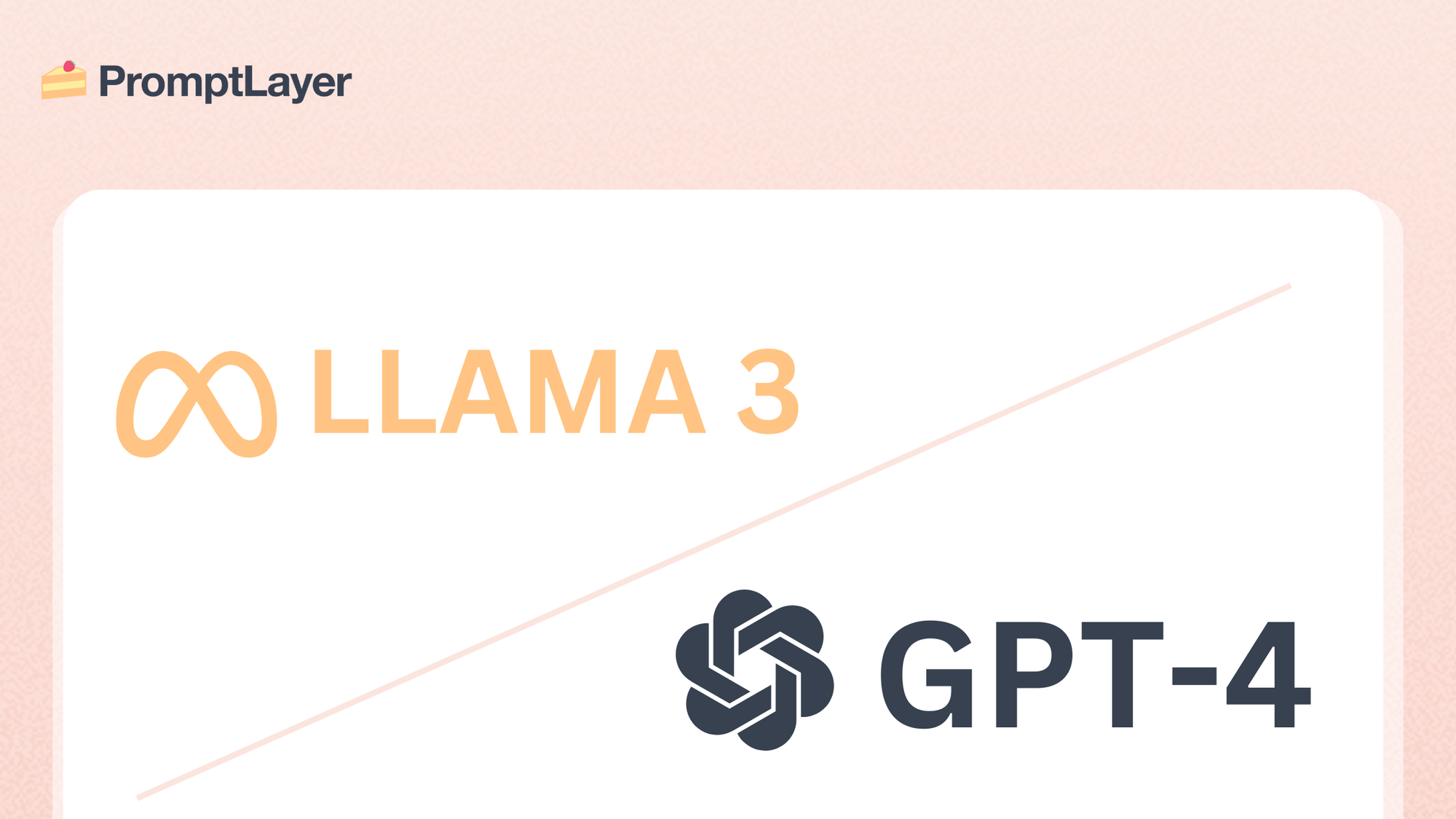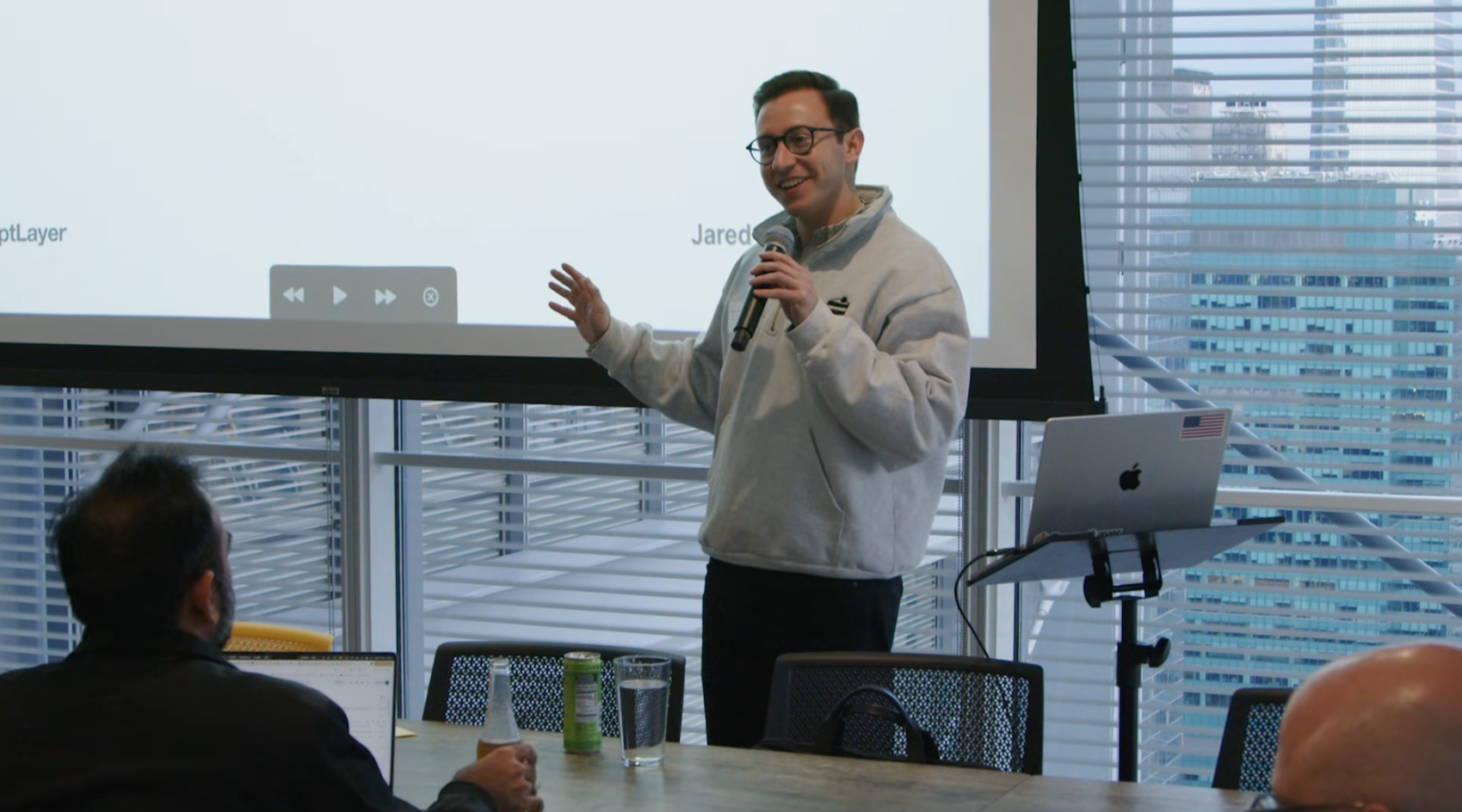Model Analysis: Llama 3 vs GPT 4

Table of contents:
- What is Llama 3?
- What is GPT 4?
- Comparing Llama 3 and GPT-4
- Llama 3 vs GPT 4 Cost Comparison
- Llama 3 Opus vs GPT-4 Overall Comparison
- Key Differences Between Llama 3 and GPT-4
- Choosing Llama 3 or GPT-4
OpenAI and Meta are at the forefront of large language model (LLM) development, each making significant strides in the field of artificial intelligence. The spotlight now turns to the latest battle between Meta's Llama 3 and OpenAI's GPT-4.
Both Llama 3 and GPT-4 demonstrate remarkable capabilities in understanding and generating human-like text, but they also come with their own unique strengths and areas of focus. While GPT-4 builds upon the logical prowess and creativity established by its predecessors, Llama 3 aims to bridge new gaps in accessibility, scalability, and efficiency.
Llama 3 has distinguished itself with its focus on open access, offering a competitive edge for developers seeking a versatile, open-source LLM with significant improvements in its context window and efficiency. On the other hand, GPT-4 has continued its legacy of deep reasoning and sophisticated creativity, often shining in applications requiring complex problem-solving and code generation.
In this article, we will explore these two advanced models to help you determine which best suits your needs in terms of functionality, accessibility, and overall capability.
What is Llama 3?
Llama 3, launched by Meta in mid-2024, is the latest iteration in the LLaMA (Large Language Model Meta AI) series. It aims to enhance accessibility by providing an open and powerful alternative to proprietary LLMs. Compared to its predecessors, Llama 3 features:
- Open-Source Flexibility: Meta has continued its commitment to open-source AI with Llama 3, making it accessible for a broad spectrum of developers, researchers, and startups.
- Efficiency Gains: Llama 3 incorporates new training optimizations, resulting in reduced computational requirements while maintaining high levels of accuracy and fluency.
Llama 3 is available through Meta's API, offering developers an accessible and powerful tool to integrate into a wide range of applications.
What is GPT 4?
GPT-4, released by OpenAI in March 2023, is the first model in the fourth generation of OpenAI's language models, marking significant advancements over GPT-3.5. It focuses on augmenting its capabilities in logic, creativity, and nuanced understanding of complex queries. Notable improvements include:
- Enhanced Reasoning: GPT-4 significantly improved its reasoning capabilities, making it ideal for applications involving problem-solving, logical tasks, and code generation.
- Multimodal Abilities: With multimodal capabilities, GPT-4 can interpret and generate insights from text and images, broadening the range of tasks it can tackle.
- Refined Conversational Abilities: The model also includes enhancements that improve conversational coherence and understanding, contributing to more human-like interactions.
GPT-4 is accessible via OpenAI's ChatGPT interface as well as through its API, providing developers with a versatile tool for integrating sophisticated AI capabilities.
Comparing Llama 3 and GPT-4
To better understand these models' differences, let’s compare Llama 3 and GPT-4 side-by-side, focusing on their costs, capabilities, specifications, and unique strengths.
Below is a comparison of Llama 3 and GPT-4 across various benchmarks:
| Evaluation Category | Llama 3 70B (5-shot) | GPT-4 (5-shot) |
|---|---|---|
| Undergraduate Level Knowledge (MMLU) | 79.5% | 86.4% |
| Grade School Math (GSM8K) | 79.6% (8-shot CoT) | 92.0% (5-shot CoT) |
| Math Problem-Solving (MATH) | 50.4% (4-shot CoT) | 52.9% (4-shot) |
| Code Generation (HumanEval) | 62.2% (0-shot) | 67.0% (0-shot) |
| Common Knowledge (HellaSwag) | 83.8% (7-shot) | 95.3% (10-shot) |
Note: "CoT" stands for Chain-of-Thought prompting, a technique used to enhance reasoning capabilities in language models.
GPT-4 generally outperforms Llama 3 70B across these benchmarks, particularly in areas like common knowledge and grade school math. However, Llama 3 70B demonstrates competitive performance, especially considering its open-source nature and accessibility.
Llama 3 vs GPT 4 Cost Comparison
Open-source models like Llama 3 generally don't follow the same pricing model as proprietary offerings such as GPT-4.
Since Llama 3 is open-source, it is available for anyone to use without traditional token-based pricing. Some companies will host the model and allow you to access it via API, but we will not focus on those. However when you host Llama 3, you will incur costs related to hardware and cloud infrastructure for hosting and running the model.
| Model | Pricing Type | Estimated Hosting Cost (Open-Source) | API Cost (Proprietary) |
|---|---|---|---|
| Llama 3 | Open-source, self-hosted | Approx. $10-$20 per hour (cloud hosting) | Not applicable, but open-source and free to access |
| GPT-4 | Proprietary, token pricing | Not self-hostable | $30 / 1M input tokens, $60 / 1M output tokens |
- Llama 3: Since it’s open-source, Llama 3 doesn’t have a direct cost for using tokens but does require infrastructure. Hosting costs can vary significantly depending on the size of the model (parameters) and the type of hardware used. If hosted in a cloud environment, these can translate to roughly $10-$20 per hour, depending on computational needs.
- GPT-4: As a proprietary model, GPT-4 has fixed costs based on API usage through OpenAI. Users are charged for both input and output tokens, which can add up depending on usage volume.
Llama 3 is available for free, but users need to consider the costs associated with hosting the model, which can vary based on infrastructure and hardware needs. On the other hand, GPT-4 follows a token-based pricing model, with a cost of $30 per 1 million input tokens and $60 per 1 million output tokens. While GPT-4 has a clear per-token cost structure, Llama 3 offers more flexibility in terms of access but may incur significant operational expenses for deployment.
PromptLayer lets you compare models side-by-side in an interactive view, making it easy to identify the best model for specific tasks.
You can also manage and monitor prompts with your whole team. Get started here.
Llama 3 Opus vs GPT-4 Overall Comparison
| Feature | Llama 3 | GPT-4 |
|---|---|---|
| Model Description | Open-source LLM focusing on accessibility and efficiency. | Advanced language model recognized for reasoning, code generation, and overall performance in benchmarks. |
| Context Window | 8,000 tokens | 8,000 tokens (32,000 tokens in a variant) |
| Strengths | - Open-source and highly accessible. - Handles very long contexts. - Efficient in terms of resource usage. | - Excels in standard LLM benchmarks. - Strong logical reasoning and problem-solving. - Proficient in code generation. |
| Weaknesses | - Weaker performance in some benchmarks compared to GPT-4. - Requires users to manage infrastructure for hosting. | - Limited context window compared to Llama 3. - Higher usage cost due to proprietary nature. |
| Speed | No definitive data available, generally comparable to GPT-4 | No definitive data available, generally comparable to Llama 3 |
| Multimodality | Primarily focused on text processing | Limited multimodal capabilities, primarily focused on text with some image input support. |
Key Differences Between Llama 3 and GPT-4
Accessibility: Llama 3 is open-source, providing free access with the flexibility to host it independently, which makes it highly accessible to developers and researchers. In contrast, GPT-4 is a proprietary model with usage costs based on token processing.
Performance: GPT-4 generally performs better in standard benchmarks, particularly in logical reasoning and code generation, whereas Llama 3's performance is more competitive in terms of handling lengthy contexts.
Hosting Requirements: Llama 3 requires users to manage their own infrastructure, which could result in significant operational costs. GPT-4, on the other hand, is accessed via OpenAI’s API, with costs directly tied to token usage, simplifying the deployment process.
Multimodality: While both models have some multimodal capabilities, GPT-4 is more versatile with limited image input support, whereas Llama 3 primarily focuses on text-based tasks.
Choosing Llama 3 or GPT-4
In most scenarios, the choice between Llama 3 and GPT-4 depends on the specific needs of your application:
Cost and Efficiency: Llama 3 is an open-source option, making it highly attractive for those looking to avoid usage fees. However, users must consider the cost of hosting the model, which can vary depending on the scale of deployment and the hardware used. GPT-4, while proprietary, provides a predictable token-based cost structure—$30 per 1 million input tokens and $60 per 1 million output tokens. This makes GPT-4 easier to budget for if hosting infrastructure is not an option.
If you need an accessible model without recurring usage fees and are prepared to manage hosting, Llama 3 is a cost-effective choice. For those who prefer an all-in-one solution without hosting concerns, GPT-4 offers predictable pricing but comes at a premium.
Performance and Strengths: GPT-4 excels in logical reasoning, problem-solving, and tasks like code generation. It consistently performs well in standard benchmarks, making it preferable for technical work, complex analysis, and programming. Llama 3, meanwhile, offers strong performance in handling long contexts and maintains efficiency in terms of computational resource usage, making it an excellent choice for large-scale content processing and accessible AI development.
Specialization: Llama 3 is particularly well-suited for applications that need an open-source, customizable model capable of handling lengthy inputs and conversations. It is ideal for research, education, or open AI initiatives where transparency and adaptability are key. GPT-4, with its superior reasoning and coding capabilities, fits well into environments that demand high precision, analytical power, and readiness for commercial applications.
When Would Llama 3 Be Preferred?
- Extended Document Handling: Llama 3 is ideal for applications involving lengthy documents or dialogues, where it can maintain a detailed context without truncation.
- Open-Source Flexibility: If you need a model that allows full customization and transparency, Llama 3’s open-source nature is advantageous.
- Hosting Control: Llama 3 allows users to manage their own infrastructure, which can be preferable in scenarios where data privacy and control over deployment are critical.
When Would GPT-4 Be Preferred?
- Logical Reasoning and Analysis: GPT-4's advanced reasoning capabilities make it suitable for fields like research, analysis, and complex problem-solving.
- Coding and Technical Tasks: GPT-4's proficiency in code generation makes it an excellent choice for developers and engineers working on technical projects.
- Ease of Deployment: GPT-4’s API-based access means users do not need to worry about managing infrastructure, making it a convenient choice for those who prefer simplicity and predictability in deployment.
Ultimately, the choice between Llama 3 and GPT-4 will depend on your specific requirements—whether you value open-source flexibility, extensive context handling, or the sophisticated capabilities offered by a proprietary solution.
About PromptLayer
PromptLayer is a prompt management system that helps you iterate on prompts faster — further speeding up the development cycle! Use their prompt CMS to update a prompt, run evaluations, and deploy it to production in minutes. Check them out here. 🍰



